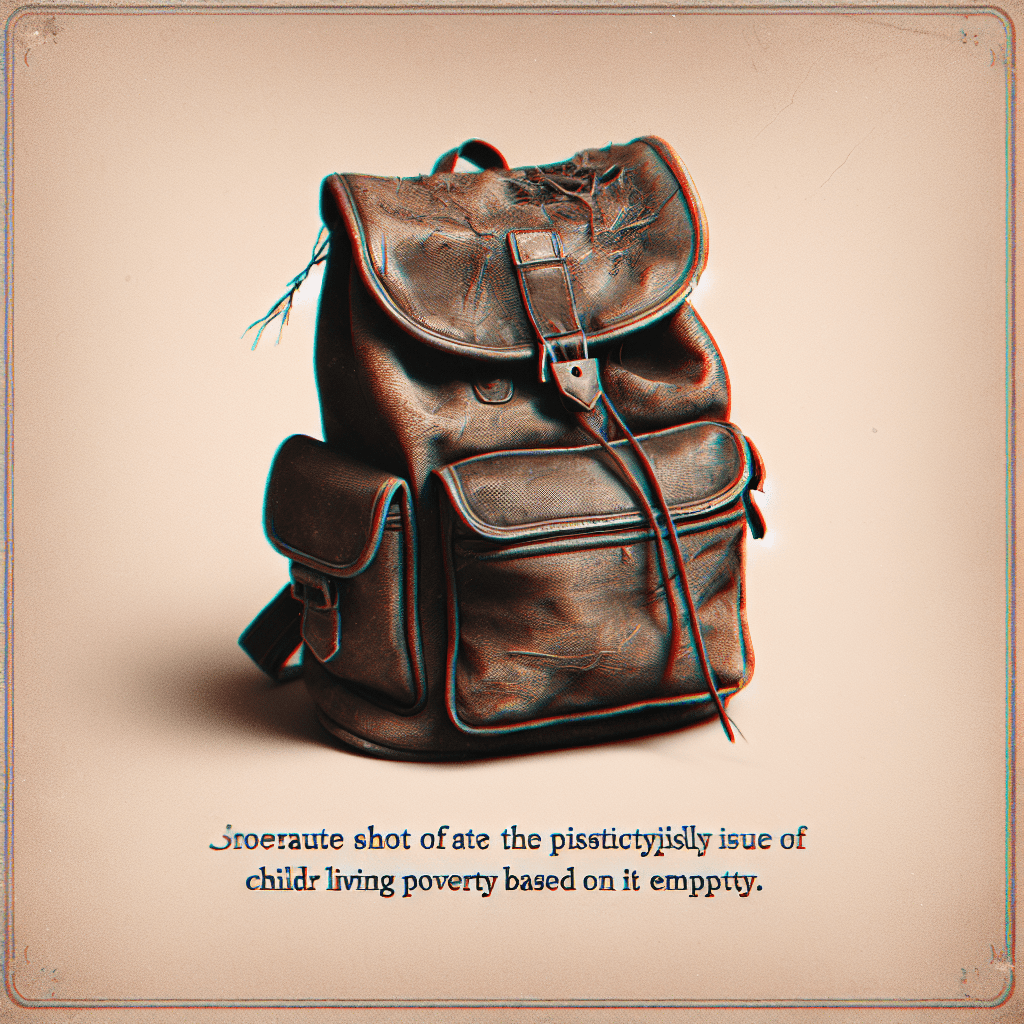So, I’m here in Southwest Missouri, exploring some towns with high poverty rates, especially among children. I’ll be sharing the actual 2021 U.S census numbers to give you a clear idea of the situation. First up is Seligman, a town with a population of 788 and a poverty rate of 30.6%. Surprisingly, while the poverty level for seniors here is zero, it is 31% for children aged 17 and under. Moving on to Washburn, with a population of 408, the poverty rate stands at 19%, which is relatively better. However, the poverty rate for children in this town is 28%, making it a matter of concern. Finally, we have Cassville, the largest town among the three, with a population of 3,182. Here, the poverty rate is 32.2%, and what’s even more alarming is that 52% of the children in this town live in poverty.
Title: Wheaton’s Child Poverty: A Staggering Rate of 39%
Introduction
Child poverty is a critical issue that affects many rural towns across America. The video content we will be exploring focuses on poverty in Missouri, particularly among children. We will specifically hone in on Wheaton, Missouri, to shed light on the staggering child poverty rate of 39%. By examining the demographics, economic factors, and education landscape, we hope to gain a comprehensive understanding of the challenges faced by the children of Wheaton.
Overview of Wheaton, Missouri
Located in the southwest region of Missouri, Wheaton is a small town with a population of around 549 people. The town itself paints a vivid picture of rural America, with its charming streets and close-knit community. While the population may be small, the issues of poverty and child poverty in Wheaton cannot be ignored. It is important to have a clear perspective on Wheaton’s situation to comprehend the impact of child poverty on this tight-knit community.
Poverty Rates in Wheaton
Wheaton’s poverty rate is a striking 34.3%. However, what is even more concerning is the child poverty rate, which stands at a staggering 39%. In comparison to neighboring towns, Wheaton experiences a higher level of child poverty. These numbers paint a clear picture of the challenges faced by children and families living in Wheaton, making it a significant case study for examining the issue of child poverty in rural towns.
Demographic Factors
Understanding the demographic makeup of Wheaton is crucial in comprehending the extent of child poverty within the community. The median age in Wheaton is 33.7, indicating a relatively young population. Additionally, around 17% of the population in Wheaton is made up of children between the ages of 0 and 9 years old. These demographic factors play a significant role in shaping the child poverty landscape in Wheaton.
Economic Factors
Economic factors play a vital role in contributing to child poverty rates in Wheaton. The per capita income in Wheaton is approximately $13,690 per year, which equates to around $261 per week. When compared to the national poverty thresholds, it becomes evident that many individuals and families in Wheaton live below the poverty line. The median household income in Wheaton is $25,200 per year, which is just over $480 per week. These low income levels, paired with a median home value of $80,300, intensify the challenges faced by families and contribute to the high child poverty rate.
Education Factors
Education is an essential factor in breaking the cycle of poverty. In Wheaton, the high school graduation rate is approximately 78.9%. While this rate is commendable, it is important to note that the graduation rate has an impact on the level of child poverty within the community. Access to quality education and opportunities for further academic and vocational advancement can contribute to breaking the generational cycle of poverty in Wheaton.
Exploring Wheaton
To gain a more comprehensive understanding of Wheaton, we embarked on a journey through the town. Our exploration led us through downtown Wheaton and its surrounding neighborhoods. The town itself, with its well-kept appearance and charming atmosphere, gives the impression of a thriving community. However, amidst the clean streets and picturesque houses, the issue of child poverty stands out as a stark contrast.
Impressions of Wheaton
Our impressions of Wheaton were mixed. While the town appeared well-maintained and charming, the notable presence of child poverty served as a reminder of the underlying challenges faced by the community. It became evident that poverty in rural areas is a complex issue, and its solutions require a multifaceted approach. Wheaton’s child poverty rate of 39% is a stark reminder of the work that needs to be done to uplift and support families in the community.
Conclusion
In conclusion, Wheaton, Missouri, faces a significant challenge in terms of child poverty, with a staggering rate of 39%. The demographic, economic, and educational factors contribute to this issue, emphasizing the need for comprehensive support systems for the families and children in Wheaton. Our exploration of Wheaton revealed a town that, while well-maintained, grapples with the complexity of rural poverty. It is essential to continue to shed light on this critical issue and work towards creating pathways out of poverty for the children of Wheaton and similar rural communities.
